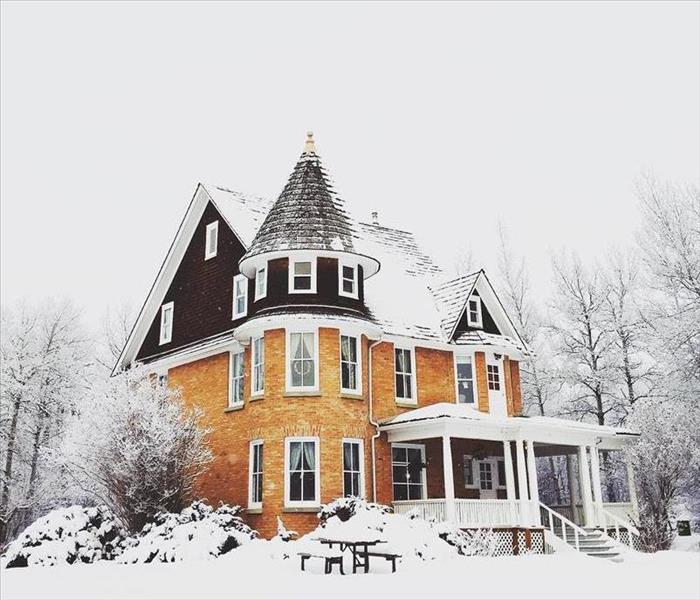Charming historic cottage or charred old house?
7/24/2023 (Permalink)
As time goes by, our homes age, just like we do. While the vintage and bespoke charm of an older home can be alluring, it's essential to recognize that aging homes can also harbor potential fire hazards if not properly maintained. As homeowners, it's crucial to be vigilant about the safety of our living spaces, especially concerning fire risks. Let's explore the various ways aging homes can become fire hazards and highlight the importance of regular maintenance to ensure a safe living environment.
Outdated Electrical Wiring: A Silent Threat
One of the most significant fire risks in aging homes is outdated electrical wiring. Over time, the electrical systems of older homes may become overloaded with the ever-increasing demand for power from modern appliances and gadgets. The aging insulation around wires can deteriorate, exposing them and increasing the likelihood of short circuits and sparks that can lead to fires. Regular electrical inspections by licensed professionals can identify potential hazards and ensure that your home's electrical system is up to current safety standards.
Worn-out Appliances: The Culprits Within
Aging homes often have older appliances that have served faithfully for many years. However, these appliances, when not properly maintained or replaced, can become fire hazards. Worn-out cords, frayed wires, and malfunctioning components are all potential culprits that can spark a fire. Regularly inspecting and replacing appliances, especially those that have been in use for decades, can significantly reduce the risk of a devastating fire.
Chimney and Fireplace Hazards: Embers of Danger
Fireplaces add a cozy charm to older homes, but they can also pose significant fire risks if not maintained properly. Creosote buildup in the chimney can ignite and cause a dangerous chimney fire. Additionally, cracks or deterioration in the chimney can lead to sparks escaping and catching surrounding materials on fire. Regular chimney inspections and cleanings are essential to keep this delightful amenity from turning into a potential hazard.
Decaying Insulation: Fueling the Flames
As homes age, insulation can begin to deteriorate. Insulation that has worn away or become damaged can expose electrical wires, making them more susceptible to overheating and sparking. Furthermore, inadequate insulation can lead to heat buildup in walls and ceilings, increasing the risk of fire. Regularly inspecting and replacing insulation, especially in attics and crawl spaces, is vital to maintaining a fire-safe home.
Neglected Smoke Detectors: A Deadly Oversight
Smoke detectors are your first line of defense against a fire, but in aging homes, they may be neglected or non-functional. Aging smoke detectors might not be as reliable, and their batteries may not be regularly replaced. It is crucial to test smoke detectors regularly, replace the batteries at least once a year, and replace the detectors themselves every ten years to ensure they function correctly when needed most.
While aging homes carry a unique charm, they also come with increased responsibility for maintenance and safety. As homeowners, we must be proactive in identifying and addressing potential fire risks in our aging homes. Regular inspections, upgrades, and adherence to safety standards can go a long way in preserving the beauty and safety of these treasured living spaces for generations to come. Remember, fire safety is not an option but a responsibility we owe to our homes and our loved ones.

 24/7 Emergency Service
24/7 Emergency Service
